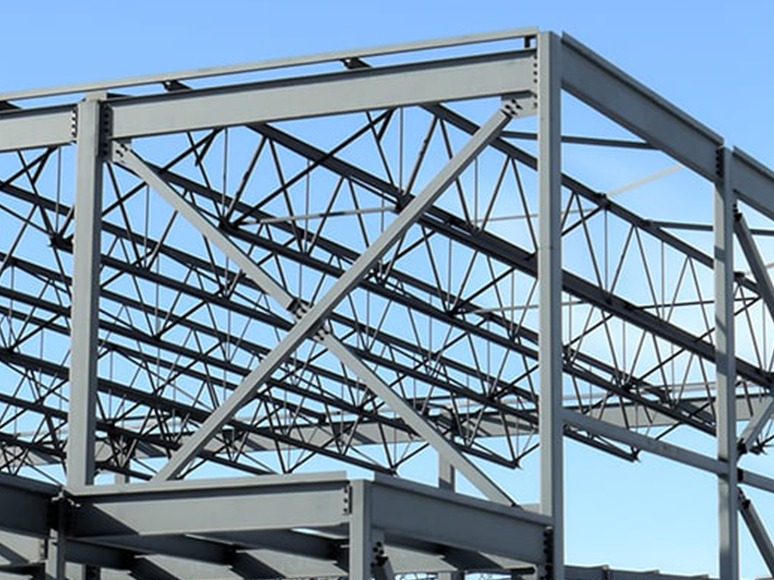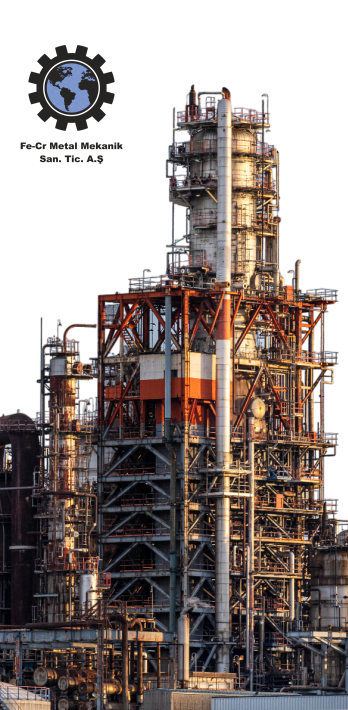.jpg)
Steel construction plays a crucial role in modern infrastructure due to its strength, flexibility, and efficiency. Steel's superior properties make it a preferred material for a wide range of applications, from industrial facilities to bridges and commercial buildings. Here is a detailed overview of steel construction works:
Steel Construction Works:
- Design and Engineering:
- Tasks: Initiate with comprehensive design and engineering studies to determine project requirements, structural analyses, load calculations, and material selection.
- Importance: Ensures that the steel structure meets the required specifications and standards for safety and functionality.
- Material Supply and Preparation:
- Tasks: Procure steel profiles, plates, fasteners, and other necessary materials according to the project's specifications and local building codes.
- Importance: Proper material selection and preparation are crucial for the structural integrity and longevity of the construction.
- Manufacturing Process:
- Cutting and Shaping: Steel materials are cut and shaped to the required dimensions using automatic or manual cutting machines.
- Welding: Steel parts are joined through welding. This process must be performed by certified and experienced welders to ensure the durability and safety of the construction.
- Assembly: Assembled steel parts are put together on site, ensuring correct placement, proper connections, and structural integrity.
- Protection and Coating:
- Tasks: Apply protective coatings to enhance the durability and aesthetic appeal of the steel structures. Common methods include painting or galvanization.
- Importance: Protection against corrosion and environmental damage extends the lifespan of the steel structures.
- Testing and Approval:
- Tasks: Conduct tests and inspections to check the structural integrity, durability, and safety of the completed construction. Obtain certificates of conformity to national or international standards.
- Importance: Verifies that the construction meets all quality and safety requirements.
Things to Consider in Steel Construction Works:
- Safety:
- Implementation: Strictly enforce occupational safety measures during manufacturing and assembly. Use appropriate safety equipment, ensure supervision by authorized personnel, and provide training to workers.
- Importance: Protects workers and ensures compliance with safety regulations.
- Quality Control:
- Implementation: Follow rigorous quality control procedures throughout the manufacturing and assembly processes. Regularly check the quality of materials, weld integrity, connection strength, and assembly precision.
- Importance: Ensures the overall quality and reliability of the steel structure.
- Environmental Impacts:
- Implementation: Consider the environmental impacts of steel manufacturing and usage. Implement sustainable material practices and effective waste management measures.
- Importance: Reduces environmental footprint and supports sustainable construction practices.
Conclusion:
Steel construction is fundamental to building robust, durable, and aesthetically pleasing structures. Professional handling of design, material preparation, manufacturing, and assembly ensures successful project completion and supports the long-term performance of the structures. By focusing on safety, quality control, and environmental considerations, steel construction projects can achieve high standards of excellence and sustainability.






